Degenerative disc disease t11 t12 degenerative disc disease is a condition in which pain is caused by a disc that wears down, which in turn causes Degenerative Disc Disease Support Group, T11, The age of the patients varied from 11 to 21 years, Schmorl's nodes seen"have chiari 1 and have syrinx from t7t10 bulging discs at t7, t8, t11, t12 solid black discs in upper c spine but dr didn't mention them be worried?" Answered by Dr Kenneth Reichert MRI Cervical Spine The natural progression of disc aging is to lose hPosterolateral disc protrusion — The bulge pushes toward the back and left, or back and right, side of the spinal canal, and can pinch nerve roots Treatment options for paracentral disc protrusion The treatments available to you for a paracentral disc protrusion depend on the location and severity of the condition For many mild cases of this degenerative disc disease, conservative

Spine Pain Human Nature Medical
T11-t12 disc degeneration symptoms
T11-t12 disc degeneration symptoms- Thoracolumbar disc herniation Thoracolumbar disc herniation (TLDH) is a rare and progressively disabling disorder occurring T10 / T11 T11 / T12 , T12 / L1 , L1 / L2 levels It constitute about 025% to 5% of all lumbar degeneration diseases 1) see also Upper Lumbar Disc Herniation Disc desiccation is usually caused by wear and tear on your spine, which happens naturally as you age Several other things can also cause disc




Thoracic Disc Herniation Everything You Need To Know Dr Nabil Ebraheim Youtube
The thoracic spine has 12 vertebrae, T1 through T12, each of which is separated by a disc These vertebrae are attached to the ribs T1 and T12, at the top and bottom, are also connected to the cervical and lumbar spine, respectively It's important to understand the physiological structure because the thoracic portion of the spine plays a very strong protectiveIf the discs become displaced, or herniated, they can impinge on surrounding structures and cause uncomfortable symptoms The most commonly involved discs are the ones located between the T9 and T10 vertebrae, the T10 and T11 vertebrae, and the T11 and T12 vertebrae Pain Pain is one of the primary symptoms of degenerative thoracic spine disease The pain is usually located in the T12 spinal cord injuries will affect sensation and mobility in the lower half of the body Below, we'll discuss 5 possible complications that can occur in individuals with T12 SCIs 1 Bladder and Bowel Dysfunction Inability to control the bowel and bladder muscles or inability to feel when they are full can cause leakage that you cannot feel or be aware of Catheterization, bladder
The pain subsides after I lay down flat on my back for a while Does this sound like a reaction to some part of the surgery or is from those other discs that are herniated Althouh the MRI report says that they are a small right paracentral disc herniation of the T10T11 and T11T12 and a bulging of the annulus T12L1Range, 2168 yr) presented to our department with singlelevel disc protrusion between T10 and L1 (6 at T10T11, 7 at T11T12, and 12 at T12L1) with associated foot drop and without cervical or lumbar spinal stenosis or other neurological disease The average followup period was 465 months We Findings Mild Anterior Wedging of T1112 with % body height loss with no significant Marrow edemaMultilevel Schmorl's nodes throughout Thoracic SpineMultilevel disc desiccation signal with height loss prevalent atT45,T67,T1112, T12L1, Posterior disc osteophytosis seen at each of those levels which results inmild flattening of left ventral thecal
They are called T11 and T12 Your lowest 2 ribs are attached to these vertebrae The areas of the body and functions of the body controlled by the nerves exiting these vertebrae control Kidneys, Ureters, Small Intestines, Colon, Uterus, Lymph Circulation, and the Buttocks What does the T12 nerve control? They are called T11 and T12 Your lowest 2 ribs are attached to these vertebrae The areas of the body and functions of the body controlled by the nerves exiting these vertebrae control Kidneys, Ureters, Small Intestines, Colon, Uterus, Lymph Circulation, and the ButtocksA disc herniation may cause pain in the back or chest at the corresponding rib T7T12 Herniation The T7 through T11 spinal nerves are responsible for the intercostal muscles of the corresponding rib, skin on the thorax, and the abdominal muscles A disc herniation may cause pain in the back, chest, or abdomen
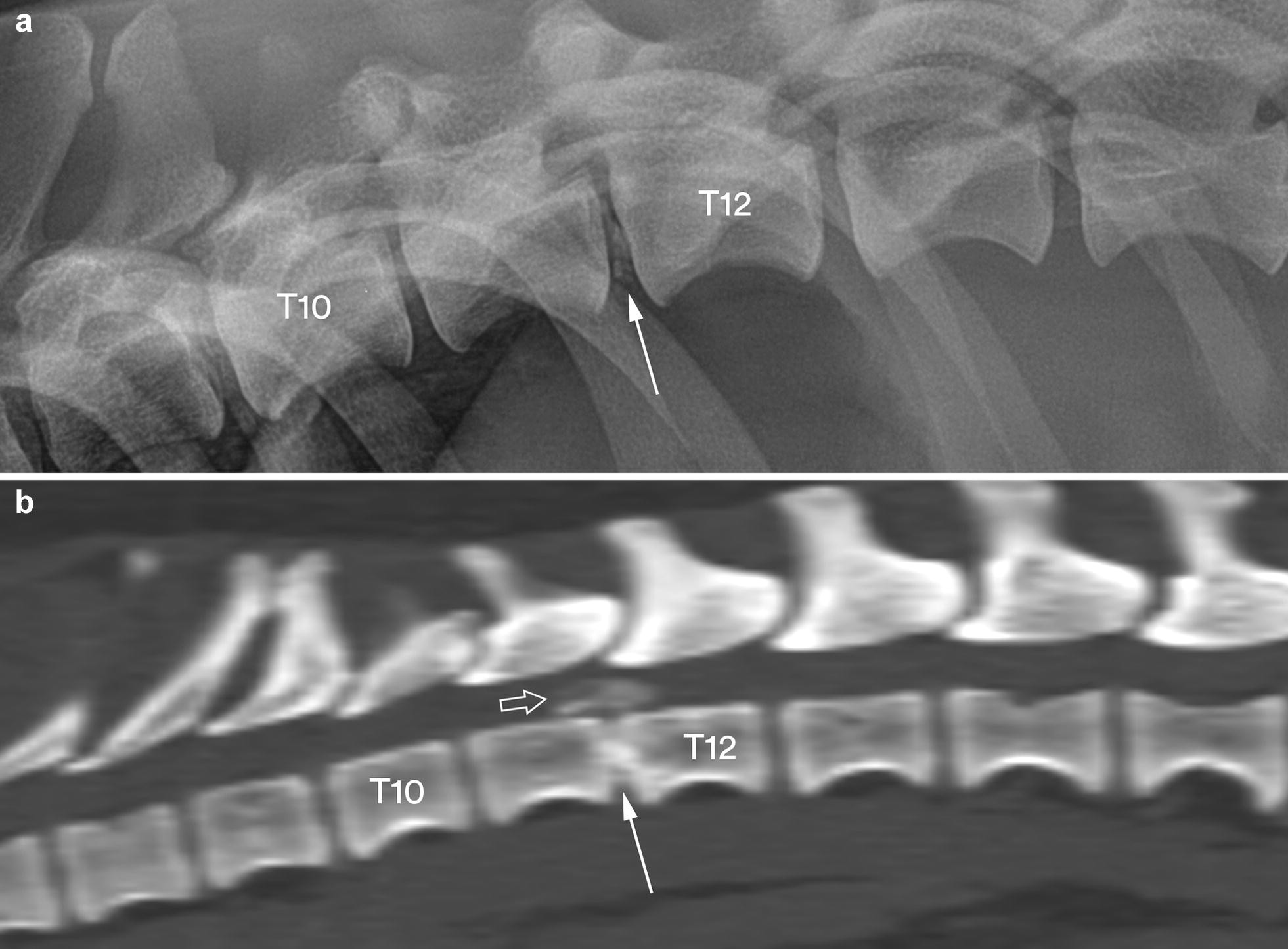



Calcification Of Extruded Intervertebral Discs In Dachshunds A Radiographic Computed Tomographic And Histopathological Study Of 25 Cases Acta Veterinaria Scandinavica Full Text



Section 17 Chapter 7 Posttraumatic Changes Of The Intervertebral Disc Wheeless Textbook Of Orthopaedics
What does T11 and T12 control? Paracentral Disc Extrusion is a pathological condition in which there is seepage of the nucleus material of a herniated disc on right or left side of the middle portion of the disc The disc herniation often protrudes into foramina and causes foraminal stenosisThis condition occurs when the nucleus pulposus infiltrates into the spinal canal from a tear in the outer fibrous wall of theT11T12 most common level 75% of all thoracic disc herniations occur between T8 and T12 Risk factors underlying Scheuermann's disease may predispose to thoracic HNP Classification Herniation type bulging nucleus annulus remain intact extruded disc through annulus but confined by PLL sequestered disc material free in canal Location classification




Thoracic Disc Herniation Spine Orthobullets
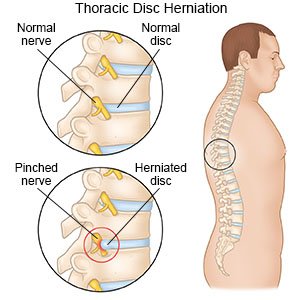



Thoracic Disc Herniation What You Need To Know
The Lumbar Spine was normal but they managed to get a partial view of t11t12 and they suspected that it was abnormal I was sent for an MRI of my Thoracic Spine and that revealed that I had a herniated disc at t11t12 Last week I was sent to UCSF Spine Center for a consultation on my back and the doctor there said that I have a large herniation and that the type of injuryAmong thoracolumbar junction disc herniations, T10T11 and T11T12 disc herniations were considered upper neuron disorders, T12L1 disc herniations were considered lower neuron disorders, L1L2 disc herniations were considered mild disorders of the cauda equina and radiculopathy, and L2L3 disc hern The T11–T12 disc is the most vulnerable because of greater mobility and posterior longitudinal ligament weakness at this level Only 4% of TDHs are located above T3–T4 Cases of TDH complicating proximal junctional syndrome after thoracolumbar fusion have been reported




Spine Case Severe Back Pain With Radiation Around Abdomen



3
Each rubbery intervertebral disk provides a slightly flexible connection between the vertebral bodies and acts as a shock absorber to prevent collisions between the vertebrae The vertebral arch of T12 is thicker and stronger than its counterparts in the other thoracic vertebrae and in many ways resembles the vertebral arches of the lumbar vertebrae A pair of strongIntervertebral disc degeneration primarily causes thoracic discogenic pain syndrome Thoracic disc lesions are primarily degenerative of nature and affect mostly the lower part of the thoracic spine Three quarters of incidence occurs below T8, with T11T12 being most common The exact cause of disc degeneration is believed to be multifactorialAt T1112 there is a moderate posterior disc herniation which begins in the left paracentral position, but extruded disc material is seen extending caudally behind the T12 vertebra and extending down the midline This does result in mild spinal cord impingement Mild diffuse annular disc bulge is seen at T12L1 without nerve root encroachment
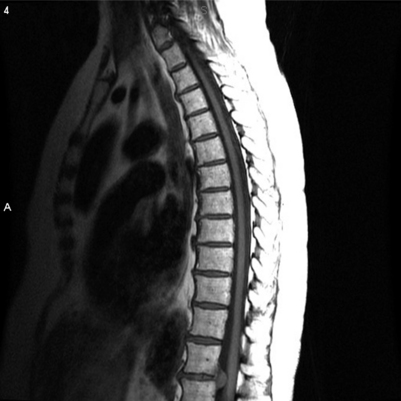



Thoracic Spinal Pain Musculoskeletal Key
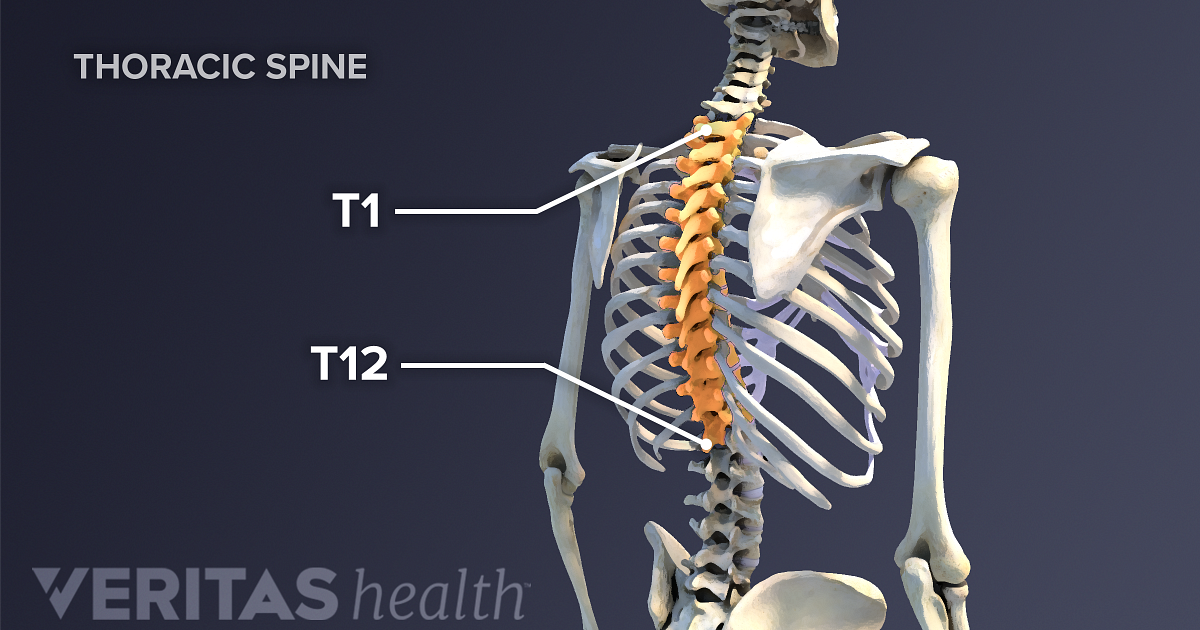



Thoracic Spinal Nerves
The thoracic spine has 12 nerve roots (T1 to T12) on each side of the spine that branch from the spinal cord and control motor and sensory signals mostly for the upper back, chest, and abdomen Save The thoracic spine (highlighted) spans the upper and midback It includes twelve vertebrae named T1 through T12Discs can rupture suddenly because of too much pressure all at once on a disc For example, falling from a ladder and landing in a sitting position can cause a great amount of force across the spine If the force is strong enough, either a vertebra can fracture or break, or a disc can rupture Bending over places a great amount of force on the discs between each vertebra If you bend and try The loss of disc height is so common in aging adults As people age loss of disc height occurs and they are likely to lose height and become rigid Loss of disc height can cause the occurrence of nerve impingement, bone and joint inflammation as well as resultant pain Loss of disc height can be caused due to osteoporosis, spondylosis, vertebral compression fracture and
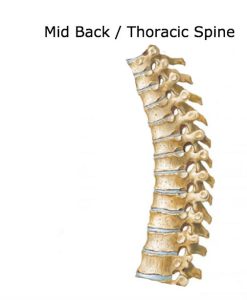



Bodi Empowerment Dr Ken Nakamura Downtown Toronto Chiropractor Dr Ken Nakamura Downtown Toronto Chiropractor Sports Injuries




Menu Home Schedule An Appointment Patient Portal Practitioners Virtual Tour Testimonials Insurance Contact Logo Chiropractic In Margate Florida Acupuncture In Margate Florida Physical Therapy Specializing Back Pain Neck Pain Chronic Acute Pain
The most common sites of disk herniation are T11 T12 (between the 11th and 12th thoracic vertebrae) and L2 L3 (between the 2nd and 3rd lumbar vertebrae) Cervical (neck) disk herniations occur in 15% of disk herniation patients but 80% of these patients are dachshunds, beagles, or poodles (C2 C3 (between the 2nd and 3rd cervical vertebrae) is the most commonAffected levels were as follows 2 patients with disc herniation at T10T11 disc, 4 patients at T11T12, 3 patients at T12L1, 6 patients at L1L2, and 11 patients at L2L3 The level of discThoracolumbar disc herniation (TLDH) is a rare and progressively disabling disorder occurring T10 / T11 T11 / T12, chronic tiredness, The center, T10 and T11 nerve roots, diarrhea, Sensory disturbance was observed in the anterolateral aspect of the thigh in one patient and on the entire leg in three patients, People who suffer from thickened tissues, while others occur at the
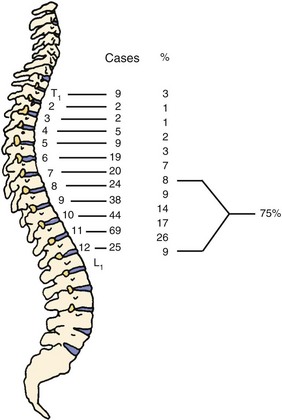



Thoracic Disc Disease Musculoskeletal Key




Spine Case Severe Back Pain With Radiation Around Abdomen
A recent MRI has found I have multilevel degenerative disc disease, L5S1 facet arthropathy, mild right paracentral disc extrusion at T4T5 and multilevel disc bulge (T7T8,T6T7,T8T9, T11T12) would read more Affected levels were as follows 2 patients with disc herniation at T10–T11 disc, 4 patients at T11–T12, 3 patients at T12–L1, 6 patients at L1–L2, and 11 patients at L2–L3 The level of disc space of interest was confirmed with wholespine plain roentgenograms The caudal end of the cord was judged by magnetic resonance imaging and computed tomographic myelogramSpine degeneration is common in T11 and T12 T12 is where the thoracic and lumbar spine meet This link is subject to forces from daily activity, such as bending and twisting, which lead to degeneration Not surprisingly, most thoracic disc herniations occur in this area Less commonly, a thoracic disc may herniate suddenly (an acute injury)




Degenerative Disc Joint Disease Denver 5280 Cryo Recovery Clinic
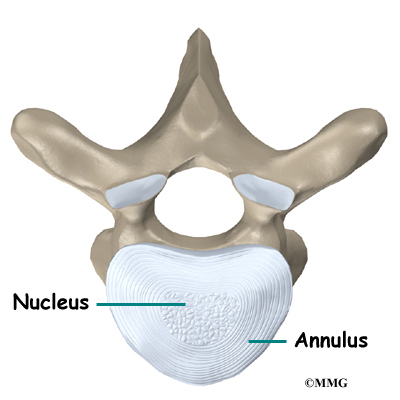



Thoracic Disc Herniation Eorthopod Com
We report a patient with thoracic intradural disc herniation at T1112 who presented with left radicular pain and left drop foot of epiconus compromise detected on radiologic examination have ranged from the lower level of the T10 vertebra to the T12L1 intervertebral disc level They are most frequently found at the T11/12 disc level The presence of various Other intervertebral disc displacement, thoracic region M5124 is a billable/specific ICD10CM code that can be used to indicate a diagnosis for reimbursement purposes The 22 edition of ICD10CM M5124 became effective onHernaited T12/L1 disc Virginia2380 Hi, I was wondering if anyone here has similiar symptoms as I I have been diagonised with a herniated T12/L1 disc Three years now I have severe pain in mid region of my back, muscle wastage on each side of the lower part of my bottom, left leg goes numb at times, pins and needles, I don't sleep at night




You Have A Herniated Disc Who Cares Injury Active




Patient 1 T11 T12 Intervertebral Disc Ossification And Herniation Download Scientific Diagram
T9, T10, T11 and T12 – These lead into your abdomen and your lower back Compression or irritation of these nerves is classified as thoracic radiculopathy, and it can lead to a number of symptoms based on the extent and location of the impingement Common symptoms include localized pain, radiating pain, tingling, numbness, arm or leg weakness and even difficulty Herniated discs are common and can occur in any part of the spine, but they're most frequently seen in the lumbar spine—the lower back The thoracic region, or the midback, is the least mobile and therefore the least susceptible to disc herniation Herniated discs in the thoracic region, which is the largest segment of the spinal column, account for less than 1 percent of allMethods Between January 1995 and October 10, a total of 25 patients (mean age 44 yr;
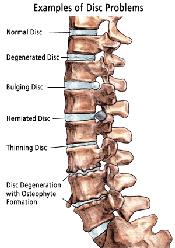



Menu Home Schedule An Appointment Patient Portal Practitioners Virtual Tour Testimonials Insurance Contact Logo Chiropractic In Margate Florida Acupuncture In Margate Florida Physical Therapy Specializing Back Pain Neck Pain Chronic Acute Pain



Chronic Abdominal Pain Secondary To Thoracic Disc Hernia A Cross Sectional Study Of 46 Patients
For facet joint blocks, the T12L1 facet joint receives innervation from the T11 and T12 medial branches What does a herniated disc in the thoracic spine feel like? Compression fractures of the spine usually occur at the bottom part of the thoracic spine (T11 and T12) and the first vertebra of the lumbar spine (L1) The fracture occurs when the bone actually collapses and the front (anterior) part of the vertebral body forms a wedge shapeT11 and T12 vertebrae are particularly flexible sections of the spine and are subsequently the most common areas of the thoracic spine to get damaged Thoracic spinal cord injuries are less severe than cervical spine injuries With proper SCI vertebrae treatment, patients with thoracic spinal injuries may even go on to live normal lives




Intradural Herniation Of A Thoracic Disc Presenting As Left Radicular Pain And Left Drop Foot Sciencedirect
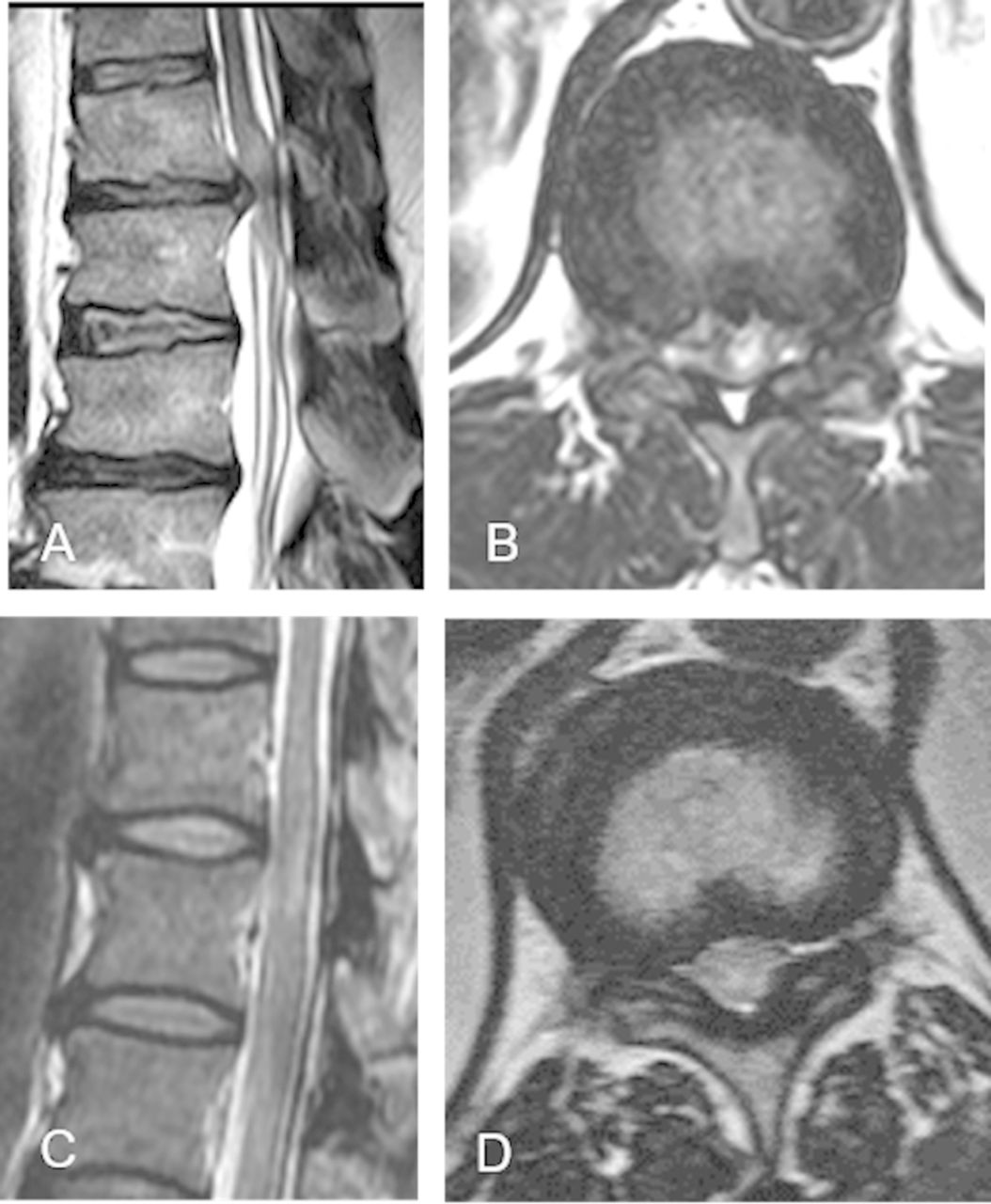



Can Compressive Thoracic Cord Lesions Cause A Pure Lower Motor Neurone Syndrome Practical Neurology
The gradual deterioration of the T1 to T12 facet joints, discs and vertebrae is often a byproduct of the natural aging process, but can also be attributed to overuse, poor body mechanics, traumatic injury, facet joint osteoarthritis (arthritis of the spine) and other disorders Symptoms of back problems in the thoracic spine includeSpine T11T12 disc myelography, illustration relating to dogs including description, information, related content and more noelfitzpatrick Felis ISSN Related terms All information isDorsal disk hernia at level T11 to T12 Open in a separate window Figure 2 Location of disk herniations Open in a separate window Figure 3 Frequency of pain location sites as reported by patients Table 2 Symptoms of patients with thoracic disk herniation Open in a separate window When asked how they were feeling after therapy, 6111% of them reported remarkable




T11 T12 Laminectomy T10 L2 Instrumented Fusion For T12 Collapse Budgetmealortho Youtube
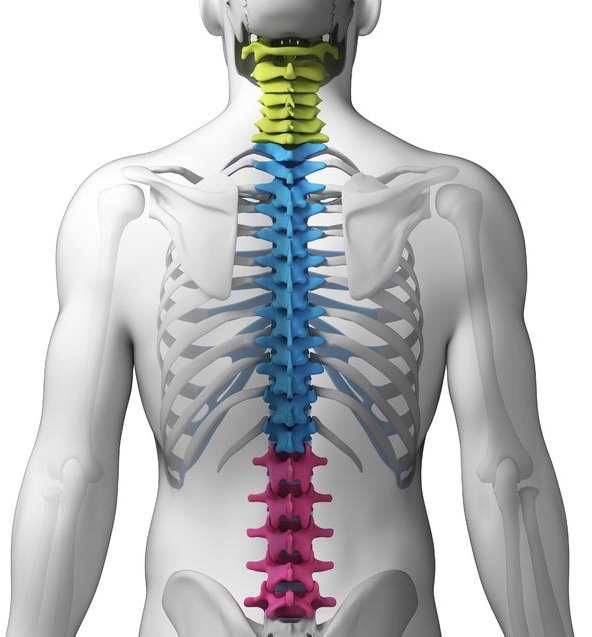



Everything You Should Know About Spinal Compression Fractures Colorado Pain Care
I've been in chronic pain for nearly 2 years and finally mri shows disc herniation and compression of the spinal cord at T8/9 and degeneration and herniation at T11/T12 Has anyone had experience of thoracic spine herniations? Twentyone discs were obtained from eight patients undergoing surgical management for AIS and frozen at −80°C The age of the patients varied from 11 to 21 years, with a mean age of 16 years, and disc levels varied between T11–T12 and L4–L5 (Table 2)The Cobb angle was used for assessing the degree of scoliotic curvature of the spine The thoracic spinal vertebrae consist of 12 total vertebrae and are located between the cervical vertebrae (which begin at the base of the skull) and



1




Thoracic Disc Herniation Surgical Treatment Sciencedirect
Twentyone discs were obtained from eight patients undergoing surgical management for AIS and frozen at 808C The age of the patients varied from 11 to 21 years, with a mean age of 16 years, and disc levels varied between T11–T12 and L4–L5 (Table 2) The Cobb angle was used for assessing the degree of scoliotic curvature of the spine Four Symptomatic thoracic discogenic pain syndrome (TDPS) is a rare phenomenon making it challenging to diagnose The rarity of TDPS is attributed to the particular orientation, structure, and function of the thoracic spine in the vertebral column The thoracic spine and sacrum exhibit kyphosis which is present at birth, while the cervical and lumbar spine exhibit fully developedThe symptoms of a herniated disc in the thoracic area usually include Pain




Mri Scans Where Abnormal Findings Are Normal Sohrab Gollogly Md




Figure 3 From Uncommon Types Of Disc Hernia A Report Of Three Cases And Review Of Literature Semantic Scholar
T11T12 Fusion My surgeon told me he is willing to do a T11T12 disc fusion He said does not like to push surgery, especially in the thoracic region He has specialized in thoracic surgery and does a lot of scoliosis fusions He said the procedure is complex but he performs it 3 to 5 times a year He told me I will lay on my side




Thoracic Spine Anatomy And Upper Back Pain




Thoracic Disk Pain Types Symptoms Treatment Epidural Steroid Injection Pt




Traumatic Spinal Cord Injury Nature Reviews Disease Primers




Thoracolumbar Disc Herniation Neurosurgery
.png)



T12 12th Thoracic Vertebra
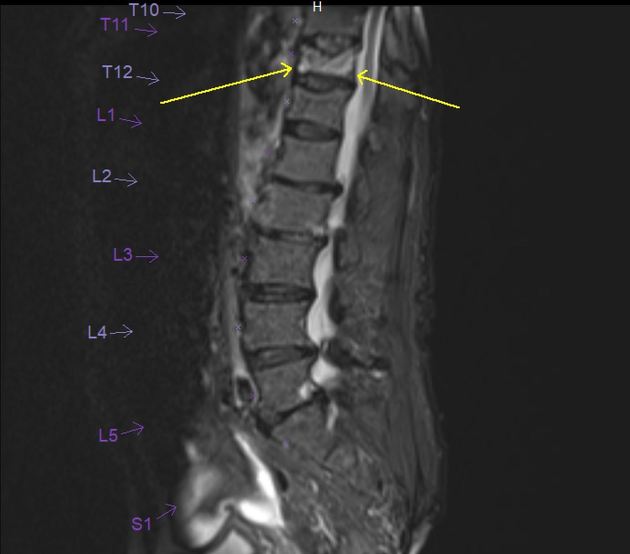



Vertebral Compression Fracture Radiology Case Radiopaedia Org




X Ray Image Showing Narrowing Of T11 T12 Intervertebral Disc Space At Download Scientific Diagram




Pin On Sciatica Exercises
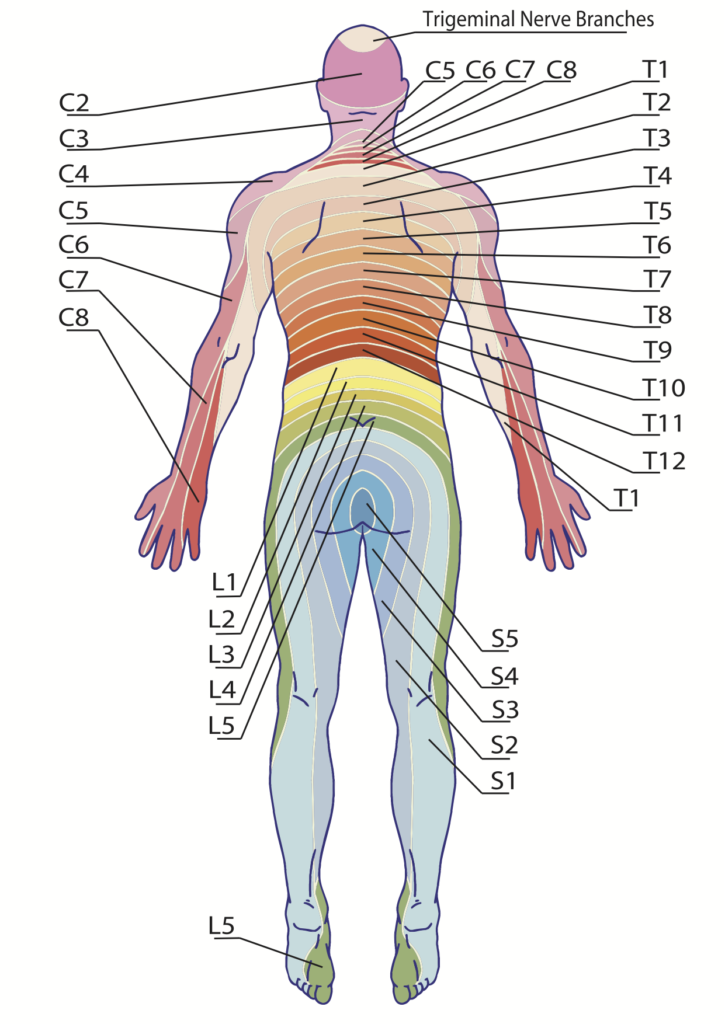



Cervical Disc Herniation Contact Us On 61 2 6724 To Book In A Consultation




2 Manual Ii Thoracic Spine Flashcards Quizlet



1
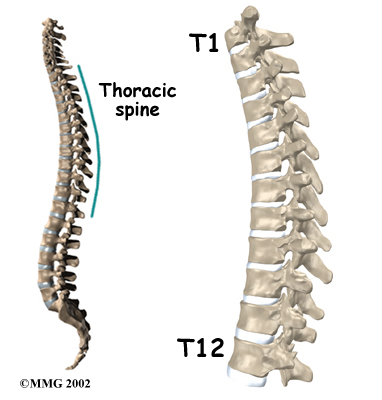



Thoracic Disc Herniation Eorthopod Com




Thoracic Herniated Disc



2




Thoracic Disc Herniation Everything You Need To Know Dr Nabil Ebraheim Youtube
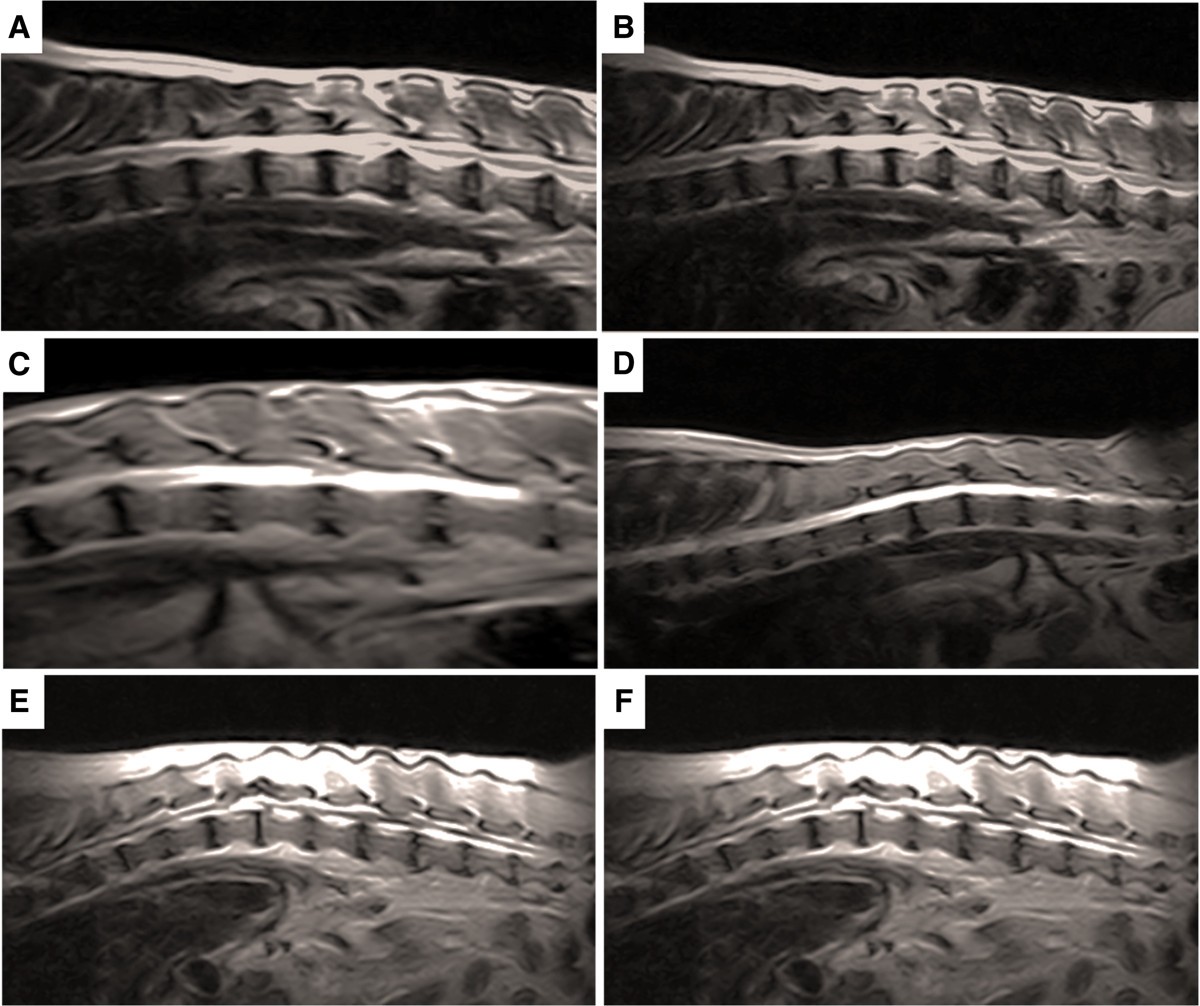



Pilot Study Bone Marrow Stem Cells As A Treatment For Dogs With Chronic Spinal Cord Injury Regenerative Medicine Research Full Text




Magnetic Resonance Imaging Of The Spine Showing A T11 T12 Download Scientific Diagram




Bilateral Pure Facet Joint Dislocation In Thoracolumbar Junction T11 T12 Without Facet Fracture Using A 3d Digital Printing Model For Surgical Planning A Case Report Sciencedirect




Compression Fracture Of Thoracic Vertebra Stock Image C021 0261 Science Photo Library




Thoracic Disc Herniation Eorthopod Com
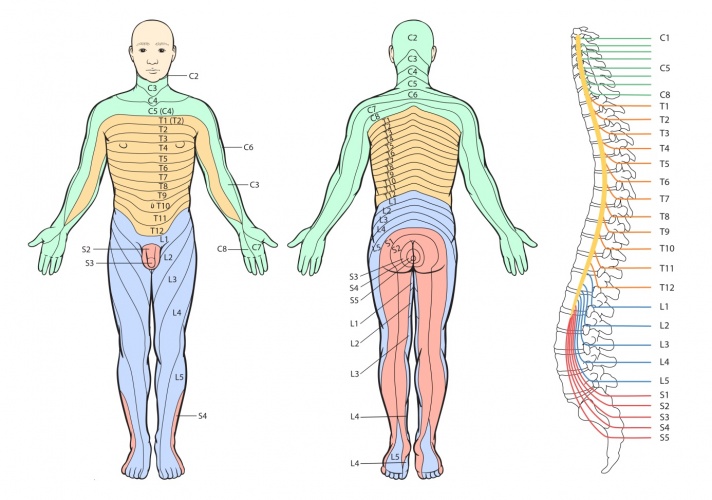



Thoracic Radiculopathy Physiopedia
:watermark(/images/watermark_only.png,0,0,0):watermark(/images/logo_url.png,-10,-10,0):format(jpeg)/images/anatomy_term/eleventh-thoracic-vertebra/XhOrkQqX394mr1iRz4zknA_TH_XI.png)



Thoracic Vertebrae Anatomy Function And Definition Kenhub
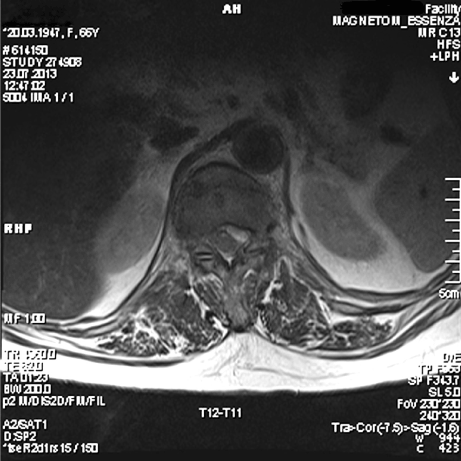



Posttraumatic Thoracic Anterior Epidural Hematoma Together With Posttraumatic T11 12 Disc Herniation A Case Report
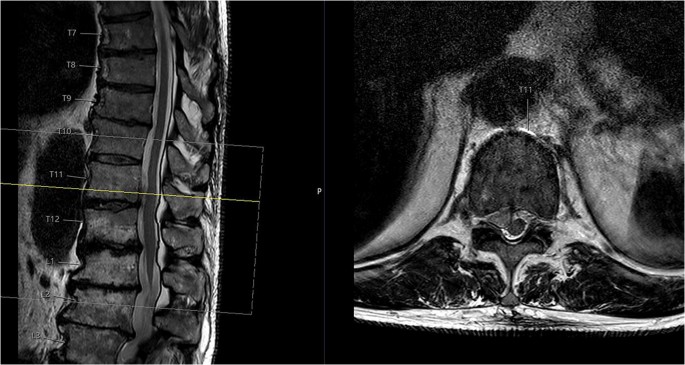



Bilateral Thoracic Disc Herniation With Abdominal Wall Paresis A Case Report Springerlink
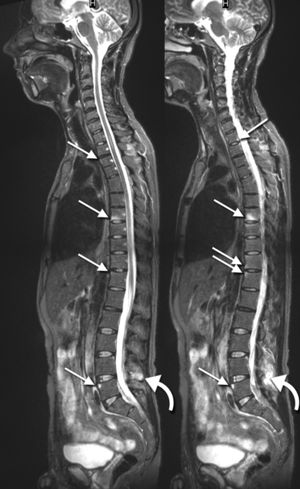



Thoracic Disc Syndrome Physiopedia




Thoracic Disc Herniation And Acute Myelopathy Clinical Presentation Neuroimaging Findings Surgical Considerations And Outcome In Journal Of Neurosurgery Spine Volume 14 Issue 4 11 Journals



Section 17 Chapter 7 Posttraumatic Changes Of The Intervertebral Disc Wheeless Textbook Of Orthopaedics
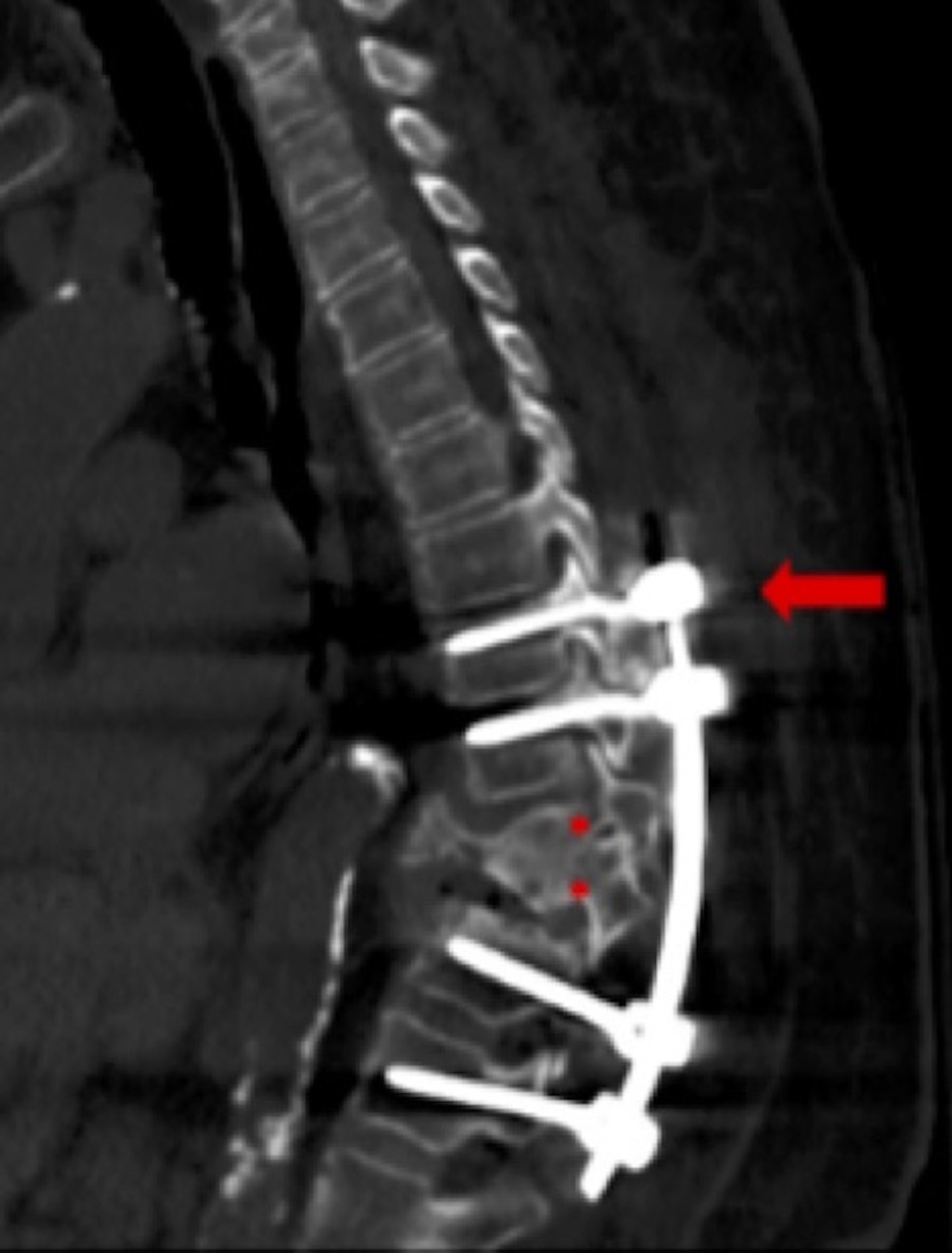



Duplication Of Vertebral Pedicles Associated With A Thoracic Burst Fracture Resulting In Spinal Cord Compression A Case Report Cureus




Vertebrae Of The Week T11 Vertebra
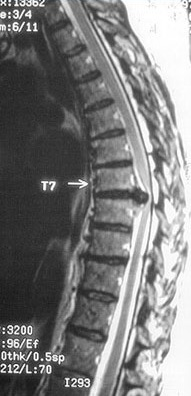



Thoracic Disc Herniation Spine Orthobullets




Neurological Examination Spinal Cord Part 3 Everything You Need To Know Dr Nabil Ebraheim Youtube




Figure 1 Disc Degeneration On Mri Is More Prevalent In Young Elite Skiers Compared To Controls Springerlink




Cureus Duplication Of Vertebral Pedicles Associated With A Thoracic Burst Fracture Resulting In Spinal Cord Compression A Case Report



2




Supervised Methods For Detection And Segmentation Of Tissues In Clinical Lumbar Mri Sciencedirect




Spine Pain Human Nature Medical
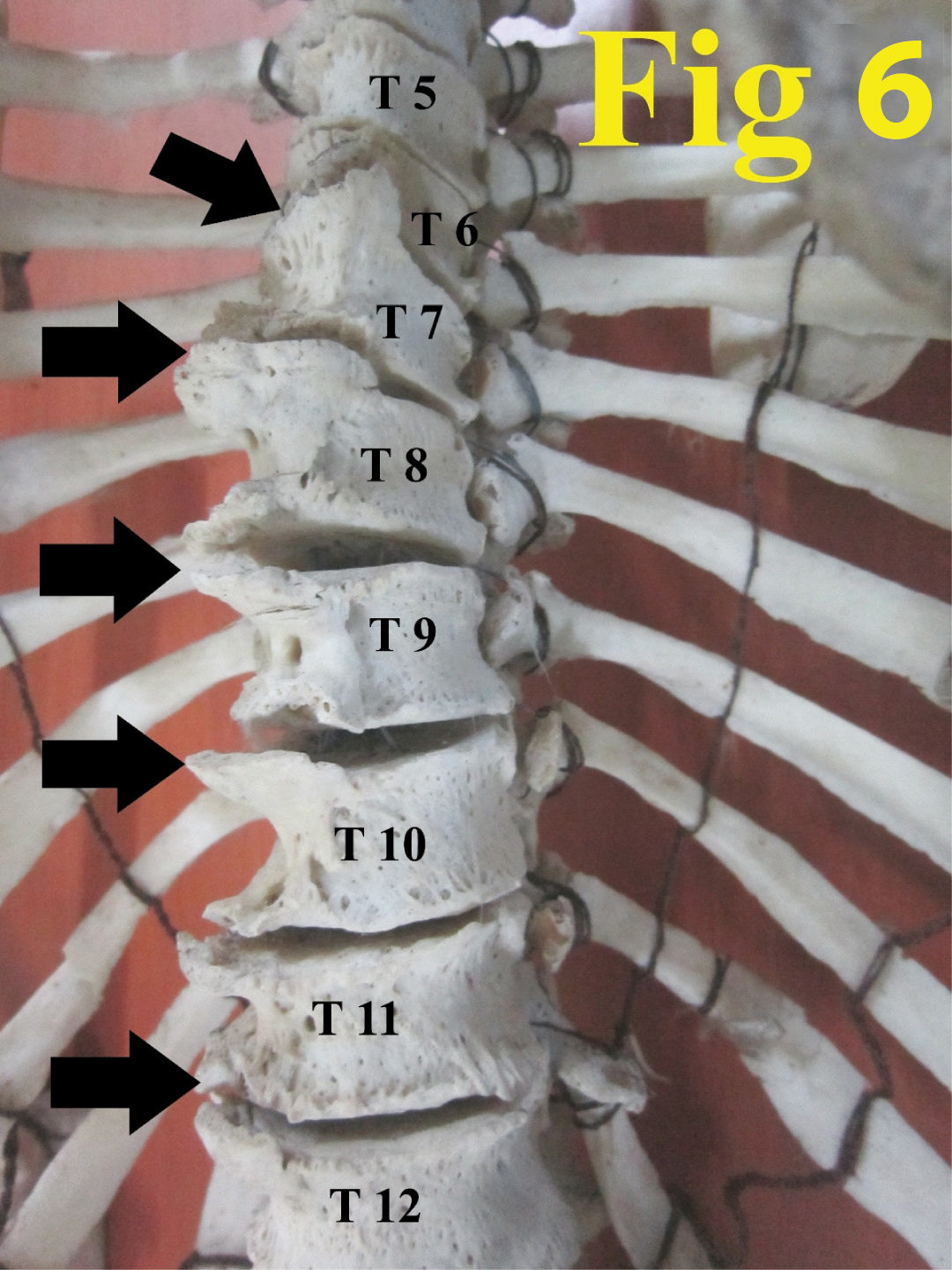



Article Fulle Text



3




Two Brothers With A Symptomatic Thoracic Disc Herniation At T11 T12 Clinical Report Semantic Scholar




Regenexx At New Regeneration Orthopedics There Are A Lot Of Structures In The Low Back Discs Facet Joints Muscles Ligaments And Nerves All Work In Tandem To Allow Humans To Sit
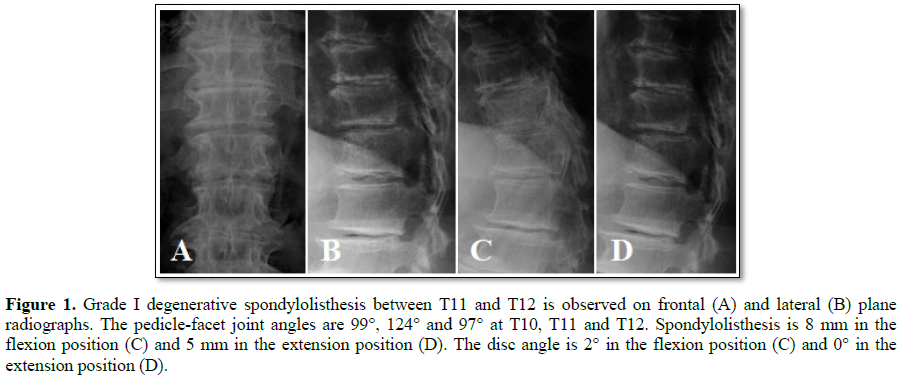



Scitech Myelopathy Secondary To Thoracic Spondylolisthesis A Cas Report And Review Of The Literature Journal Of Spine Diseases




Thoracic Disc Herniation Spine Orthobullets




Thoracolumbar Junction Lateral Spine Dislocation Sciencedirect




Intradural Herniation Of A Thoracic Disc Presenting As Left Radicular Pain And Left Drop Foot Sciencedirect




T11 And T12 Wedging Due To Osteoarthritis See Reference 25 Both Download Scientific Diagram




A Single Thoracic Curve Lenke 1 Disc T11 T12 Opens In Supine Download Scientific Diagram
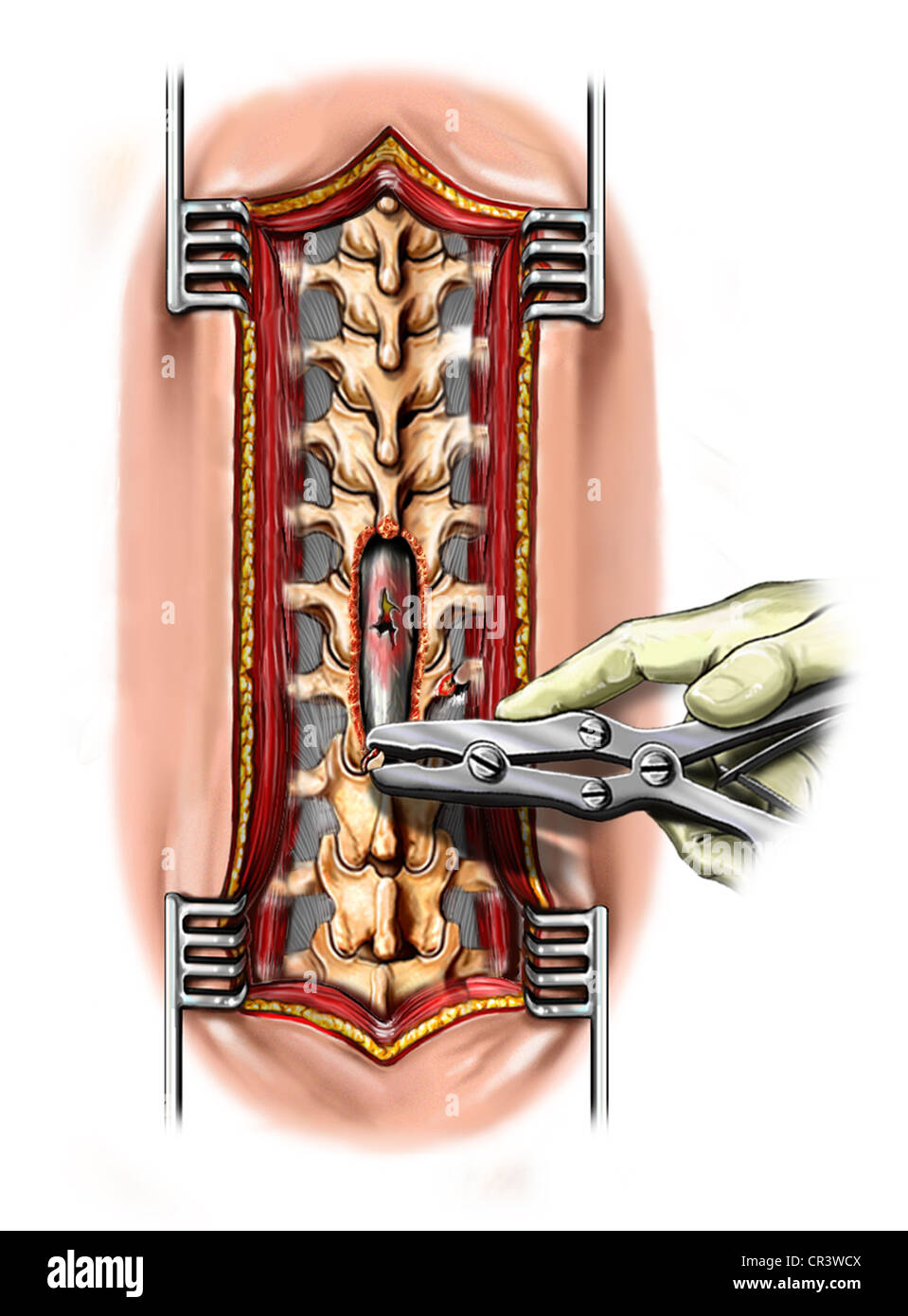



Thecal Sac High Resolution Stock Photography And Images Alamy
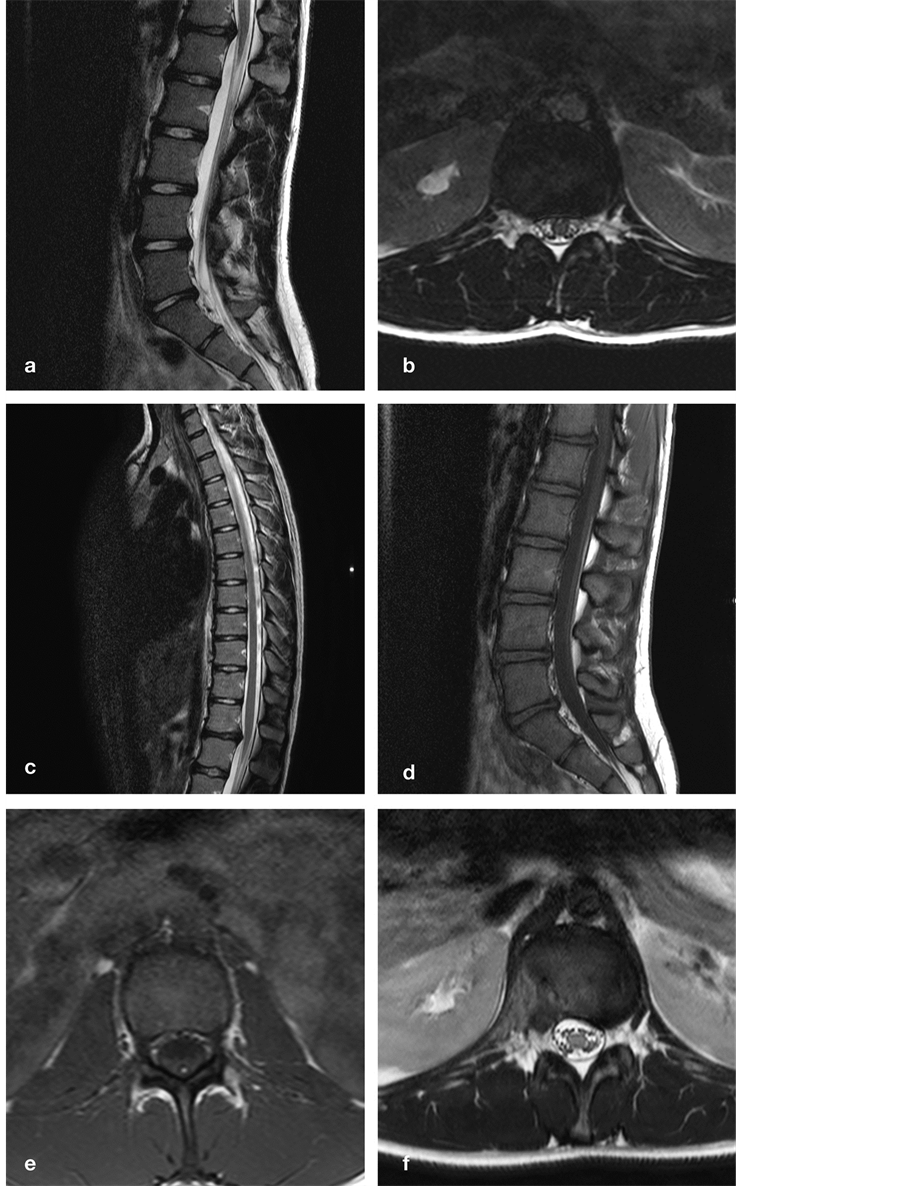



Thoraco Lumbar Junction Disc Herniation And Tight Filum A Unique Combination




T2 3 Thoracic Disc Herniation With Myelopathy Journal Of Emergency Medicine




Neurological Evaluation Of The Thoracic Nerves Everything You Need To Know Dr Nabil Ebraheim Youtube




Pdf Thoraco Lumbar Junction Disc Herniation And Tight Filum A Unique Combination Semantic Scholar
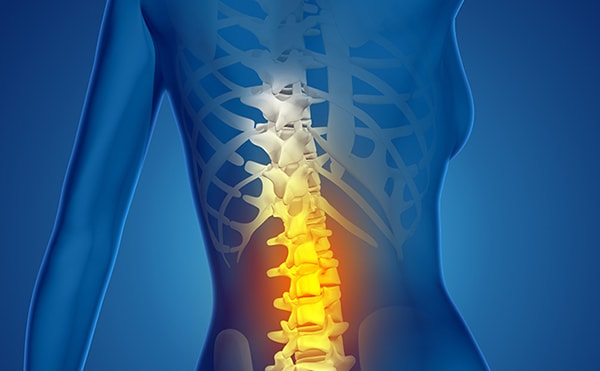



T9 T12 Vertebrae Thoracic Spinal Cord Injury Spinalcord Com




Scielo Brasil Thoracic Disc Herniation Surgical Decompression By Posterior Approach A La Carte Thoracic Disc Herniation Surgical Decompression By Posterior Approach A La Carte




T1 T2 Disc Herniation Report Of Four Cases And Review Of The Literature Surgical Neurology International




Thoracic Spine Radiology Reference Article Radiopaedia Org
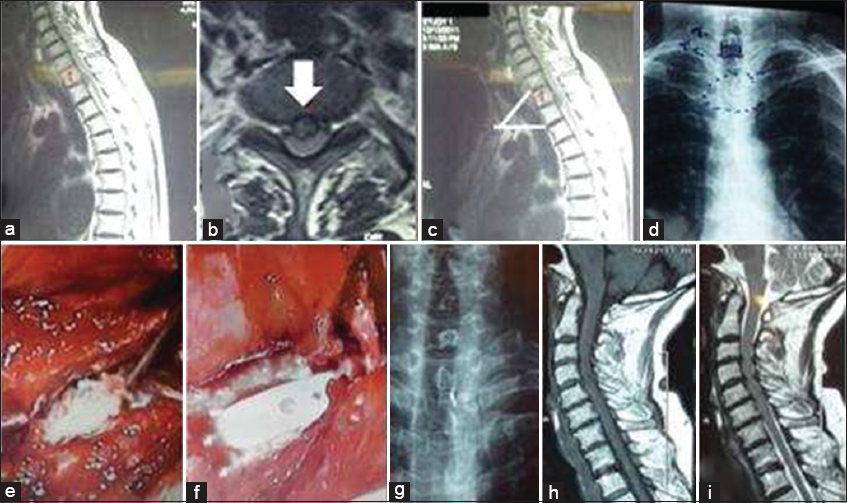



T1 T2 Disc Herniation Report Of Four Cases And Review Of The Literature Surgical Neurology International
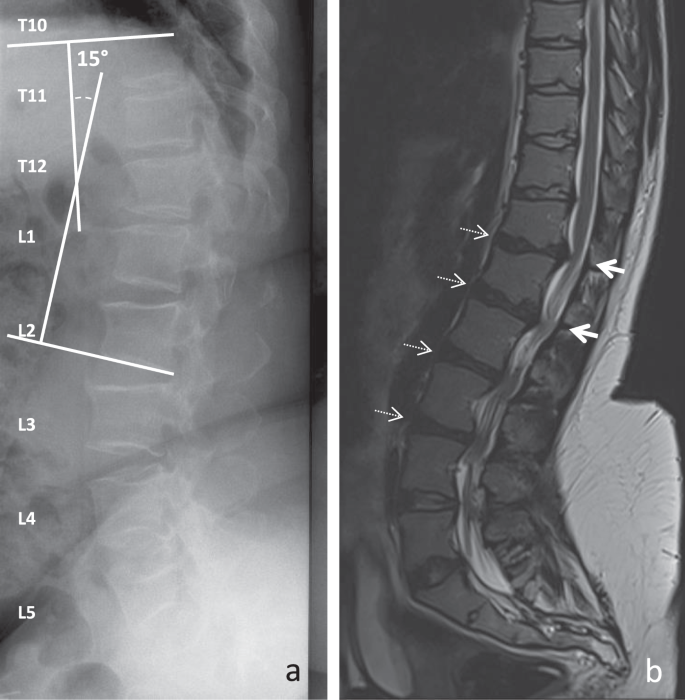



Lumbar Spinal Stenosis And Disc Alterations Affect The Upper Lumbar Spine In Adults With Achondroplasia Scientific Reports




Pdf Thoraco Lumbar Junction Disc Herniation And Tight Filum A Unique Combination Semantic Scholar




Large Partially Calcified Thoracic Disc Herniation




Compression Fracture Of The T12 Vertebral Body Medical Illustration Human Anatomy Drawing Ana Human Anatomy Drawing Medical Illustration Human Body Anatomy
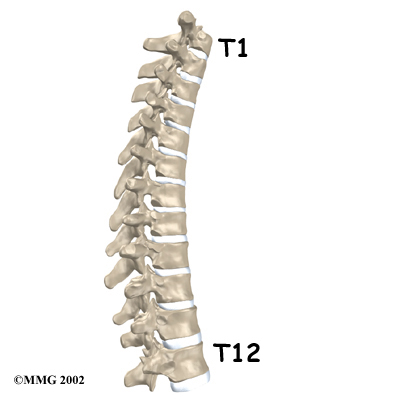



Physical Therapy In Morgantown For Back Thoracic Disc Herniation



Thoracic Disc Herniation Complete Care



2




Thoracic Disc Herniation Youtube




T11 Compression Fracture Of The Thoracic Spine Thoracic Fracture Spines




Supplemental Materials For Spine Explorer A Deep Learning Based Fully Automated Program For Efficient And Reliable Quantifications Of The Vertebrae And Discs On Sagittal Lumbar Spine Mr Images The Spine Journal
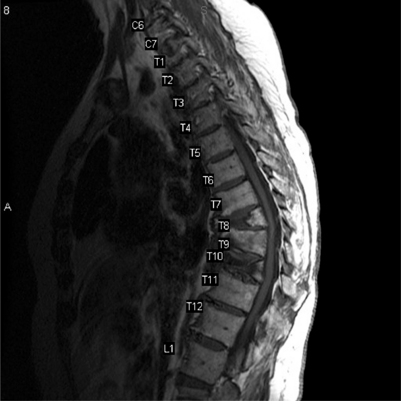



Thoracic Spinal Pain Musculoskeletal Key
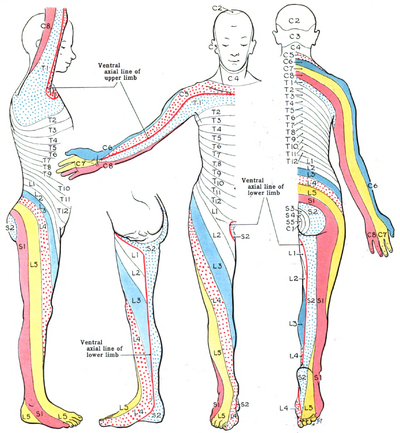



Thoracic Disc Syndrome Physiopedia
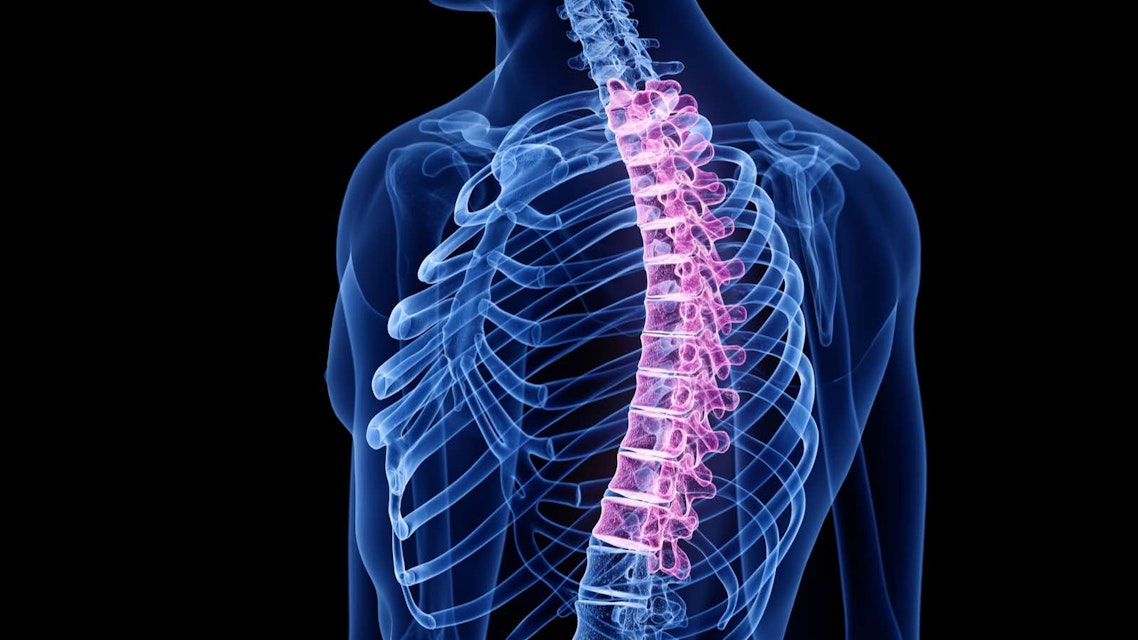



Thoracic Disc Syndrome Physiopedia




Your T11 T12 Vertebrae Clearview Chiropractic
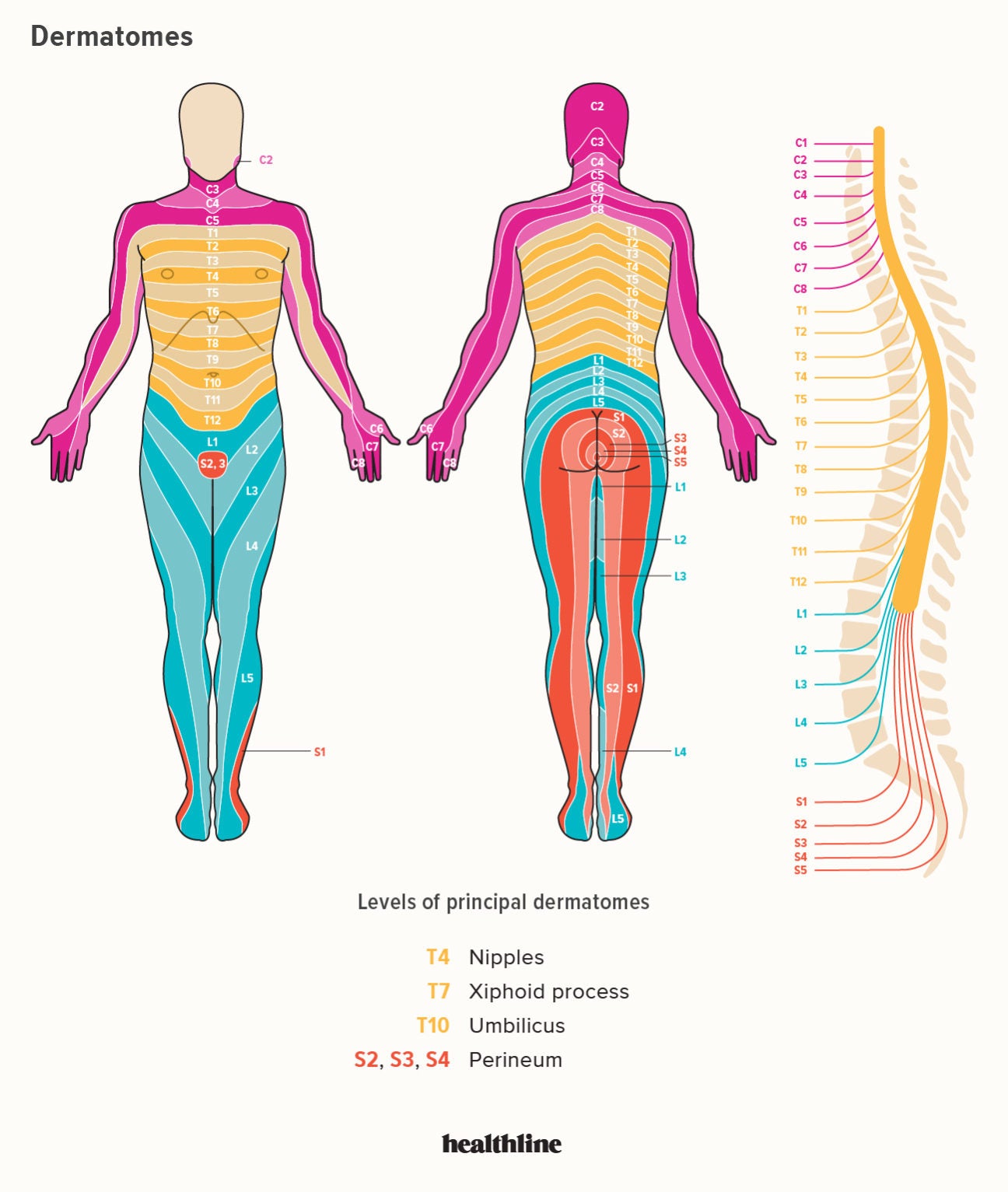



Dermatomes Diagram Spinal Nerves And Locations
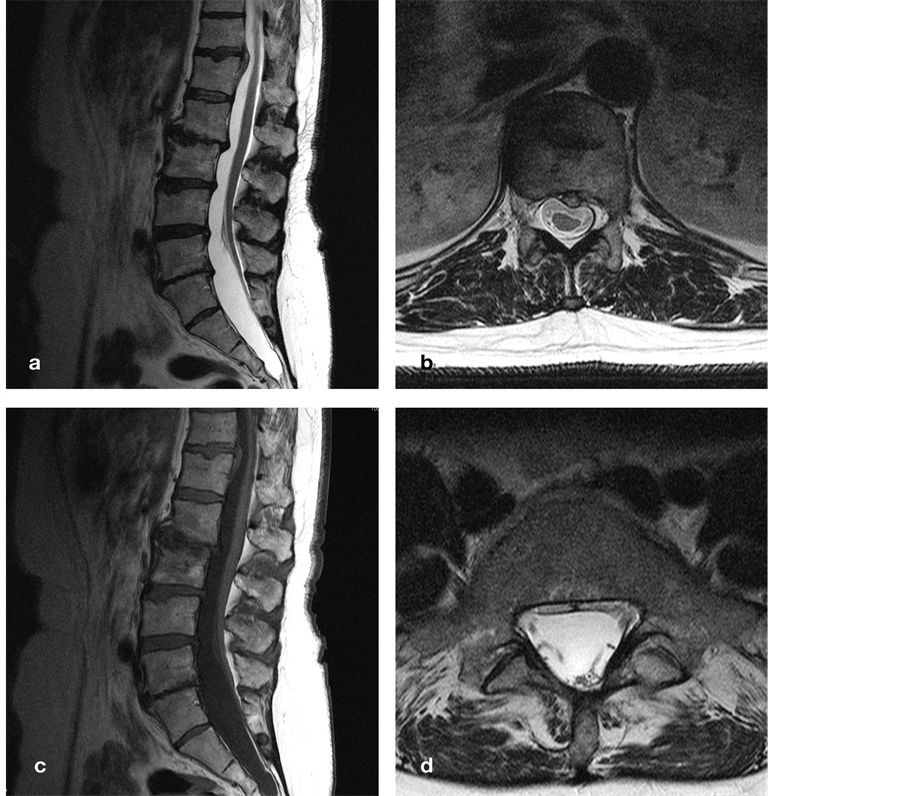



Thoraco Lumbar Junction Disc Herniation And Tight Filum A Unique Combination
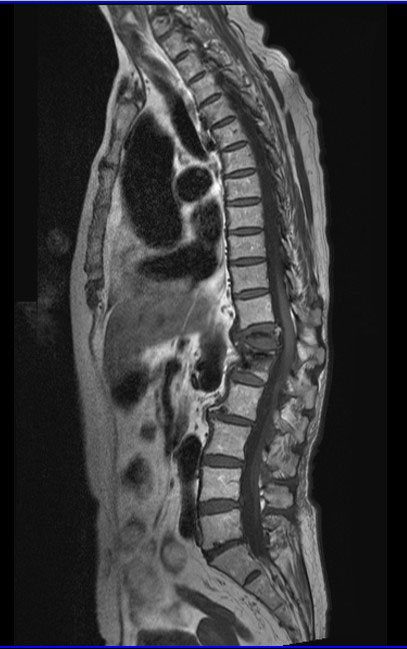



Plain Mri Of The Thoracic And Lumbar Spine Junction Radtechonduty




Thoracic Disc Herniation Radiology Case Radiopaedia Org
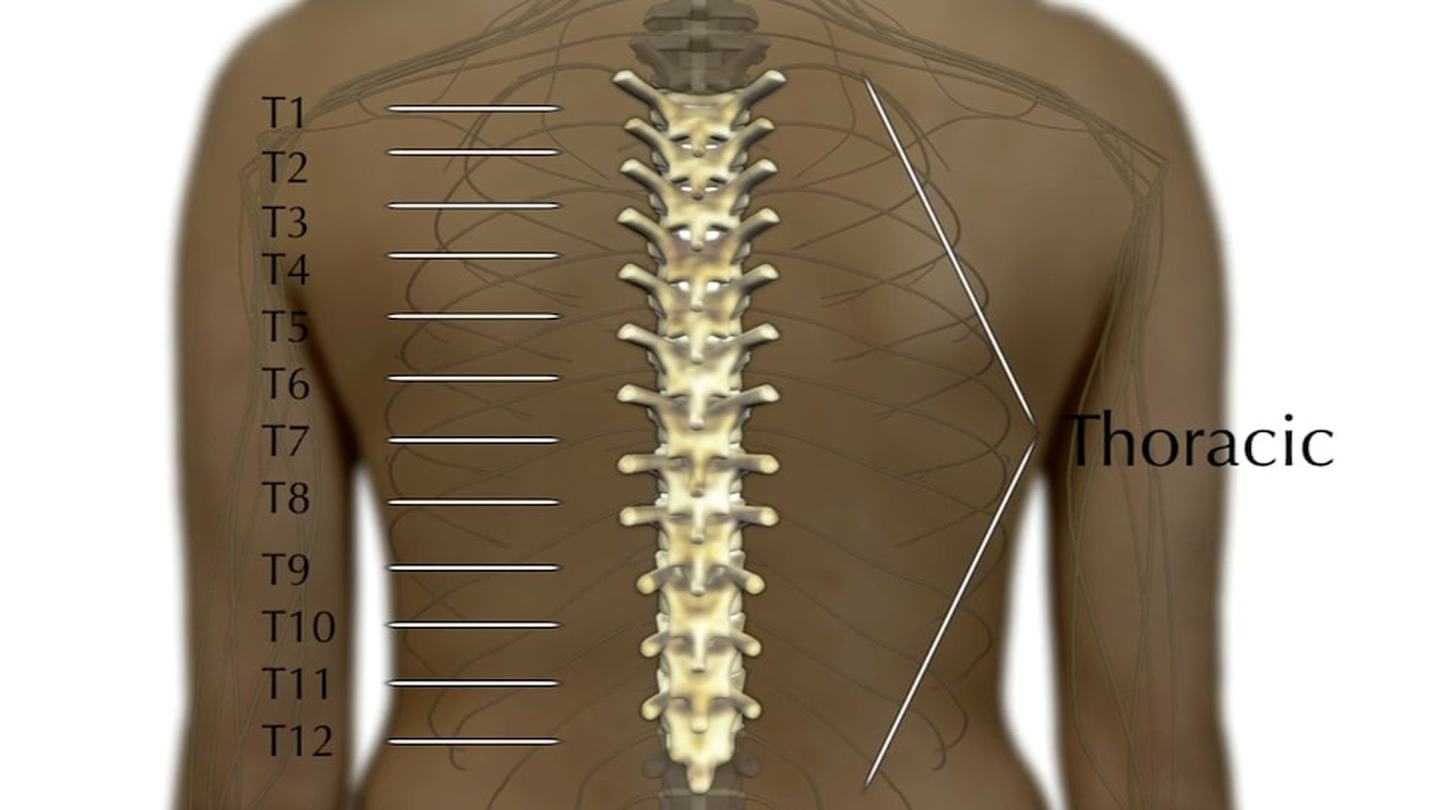



Thoracic Spine Fractures Injuries Shepherd Center
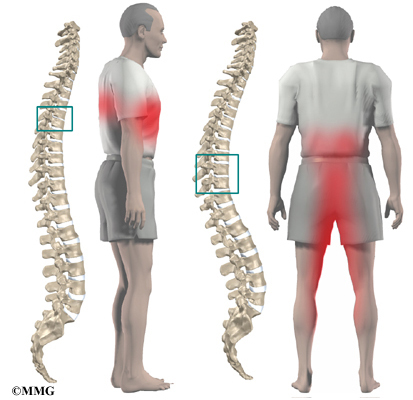



Thoracic Disc Herniation Eorthopod Com
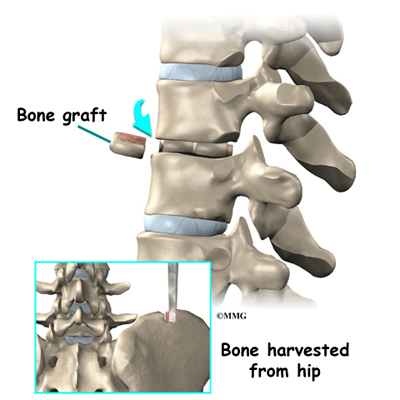



Thoracic Disc Herniation Eorthopod Com




How Can I Treat A T12 Or L1 Thoracic Spinal Burst Fracture



0 件のコメント:
コメントを投稿